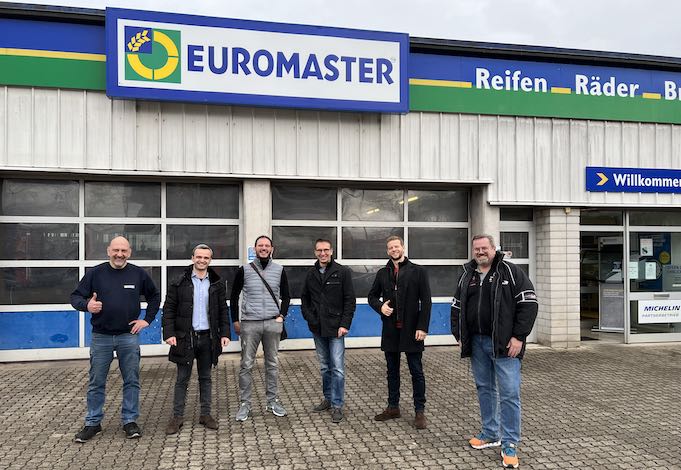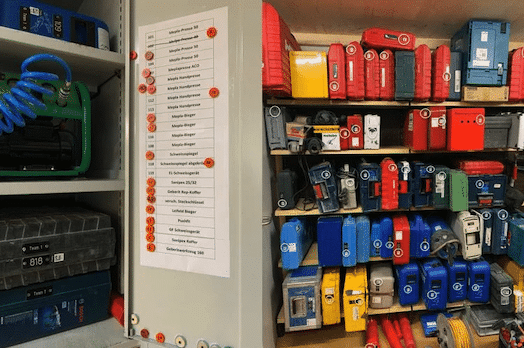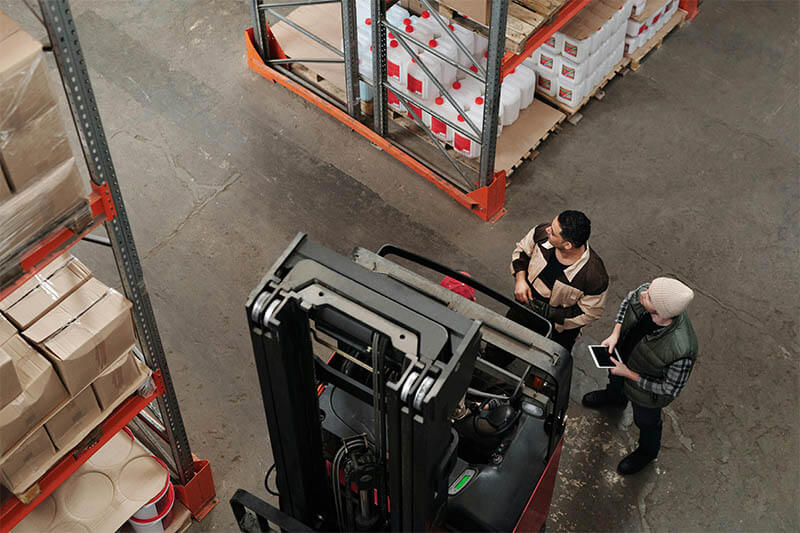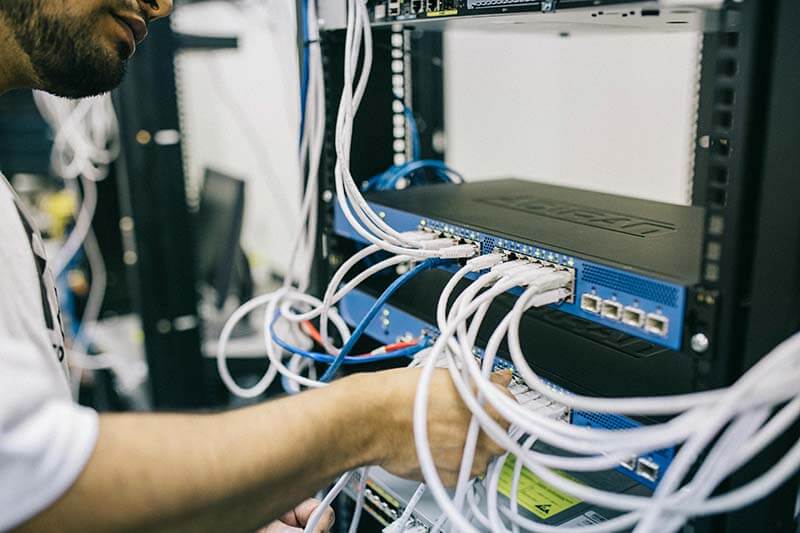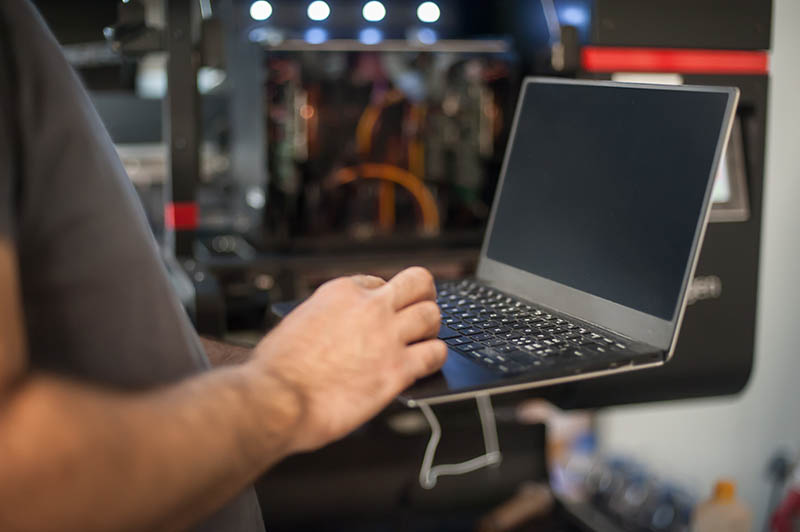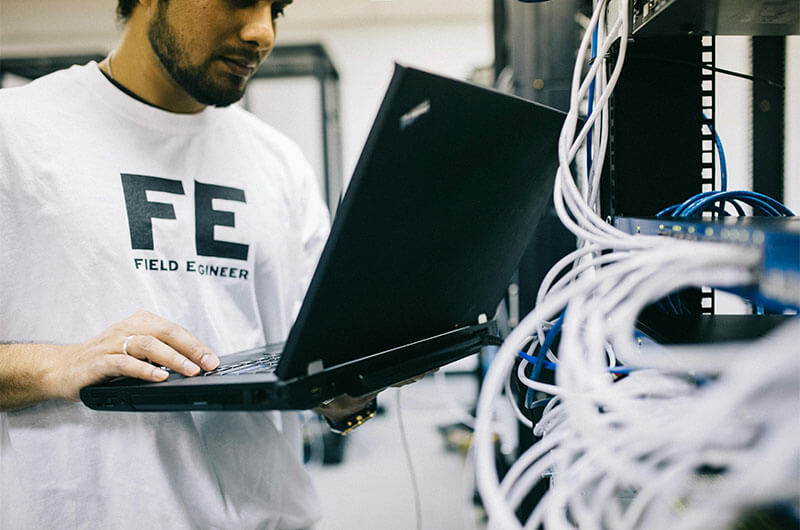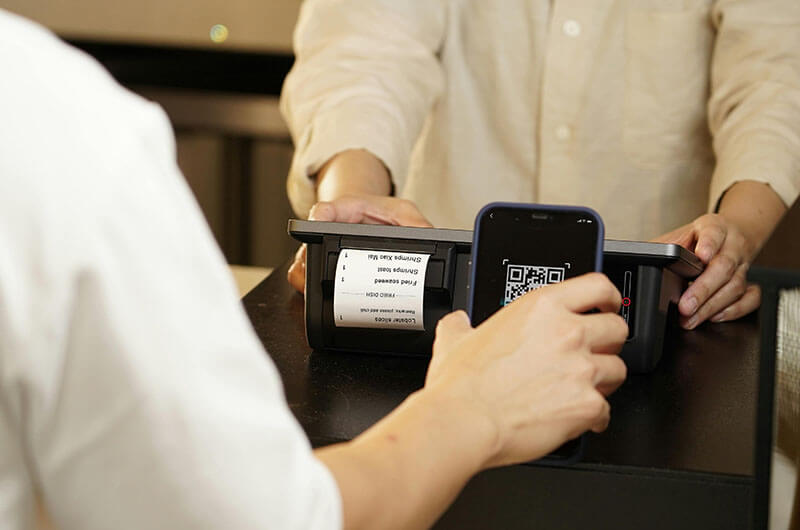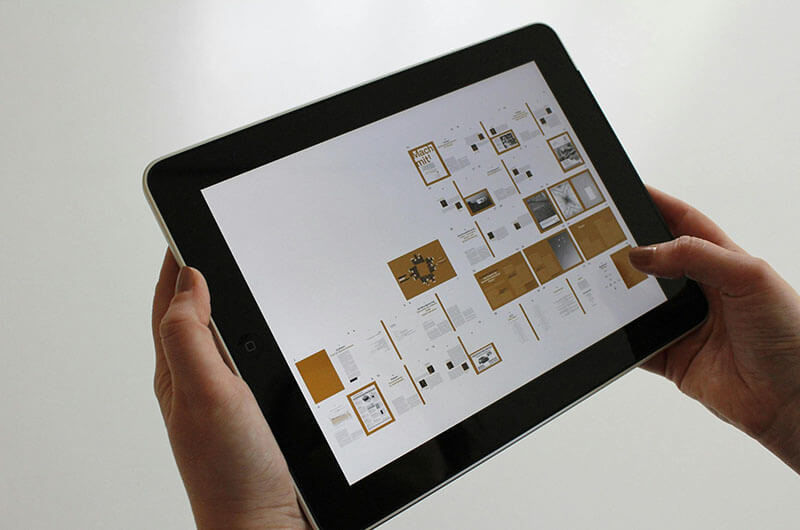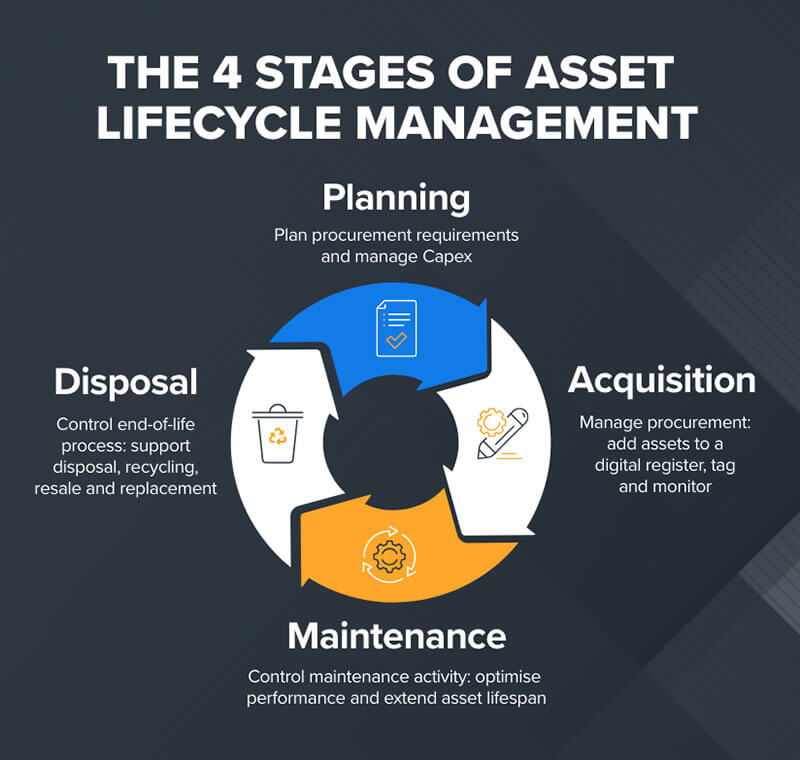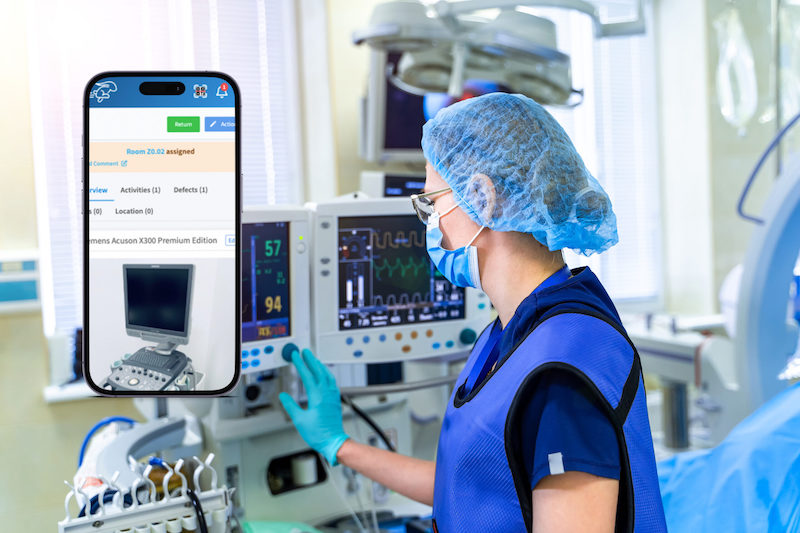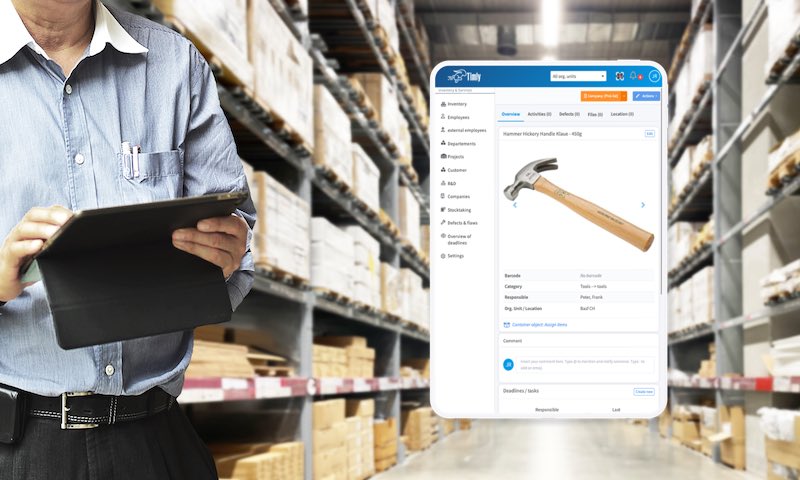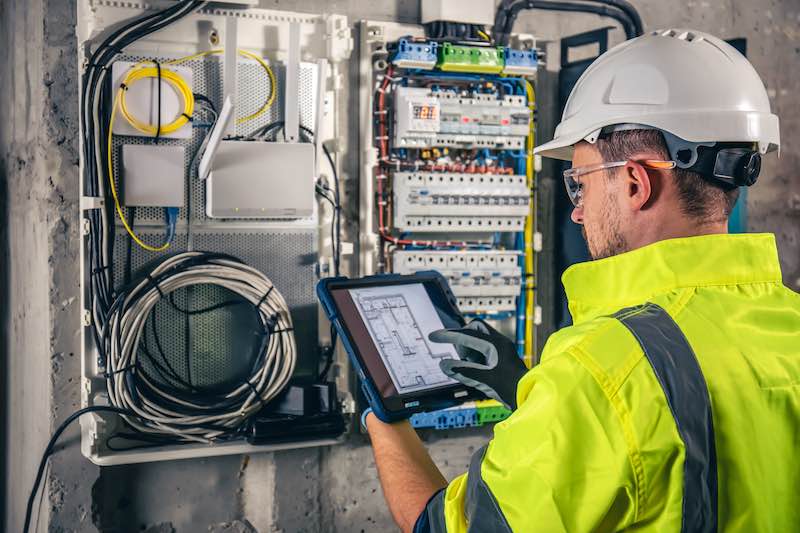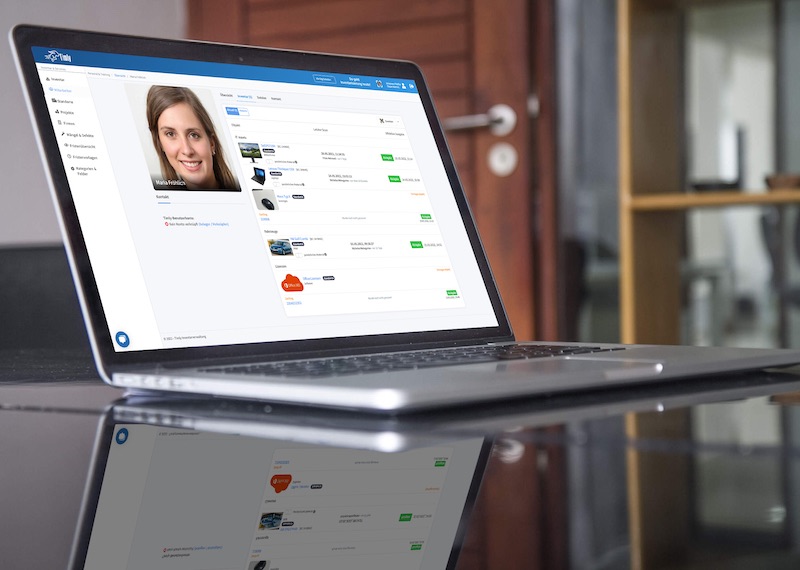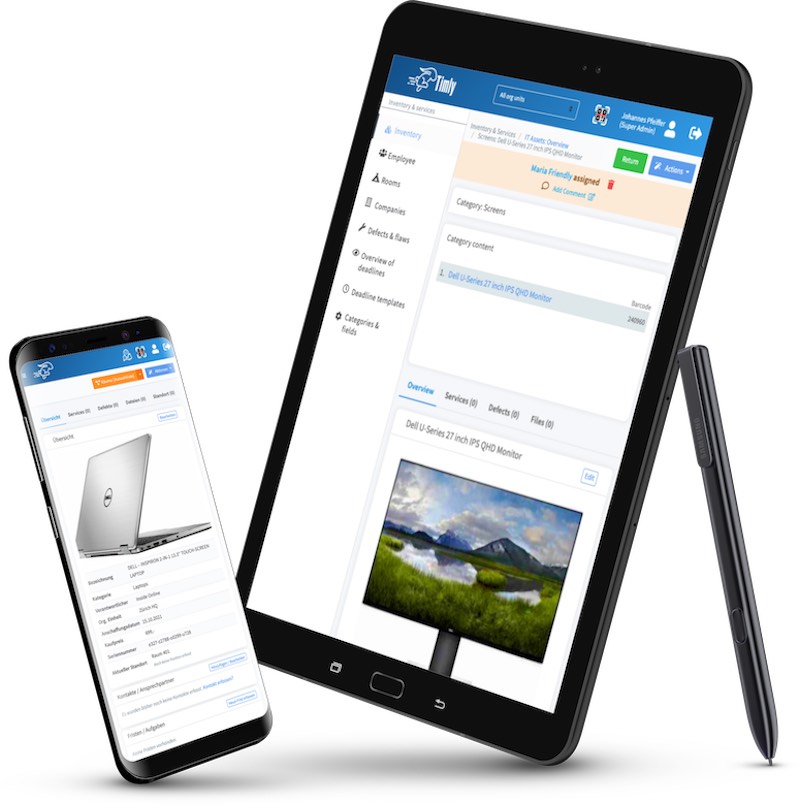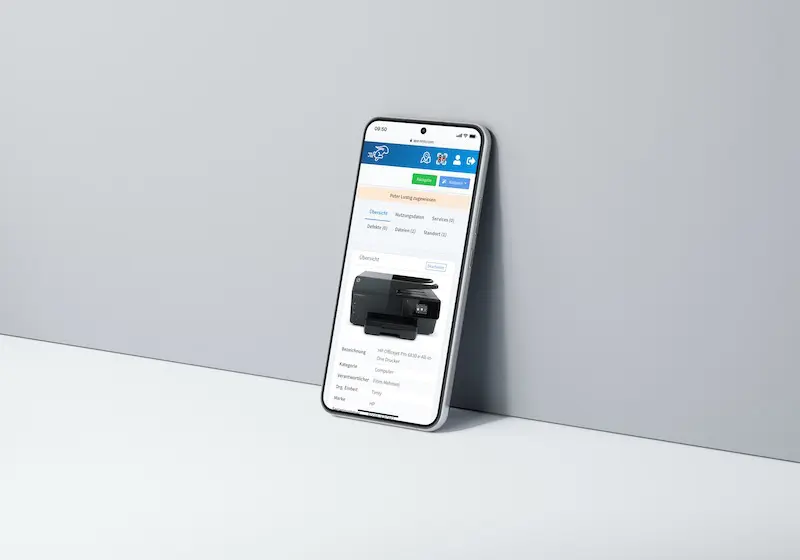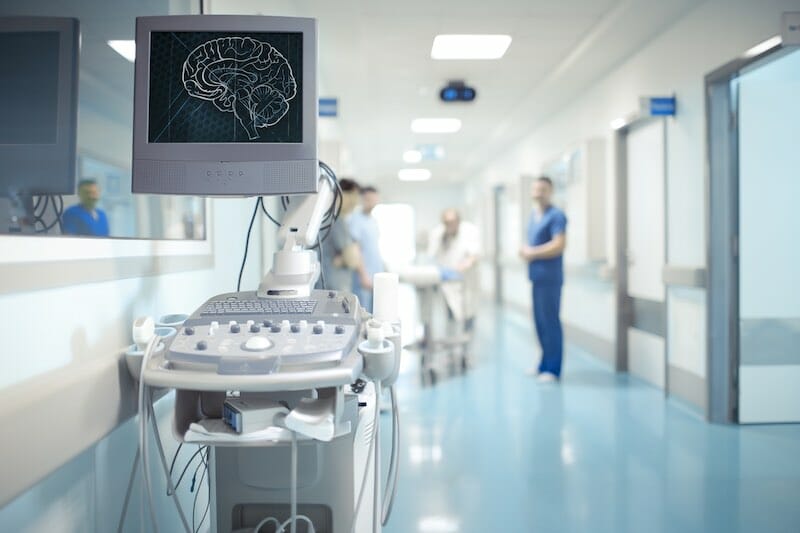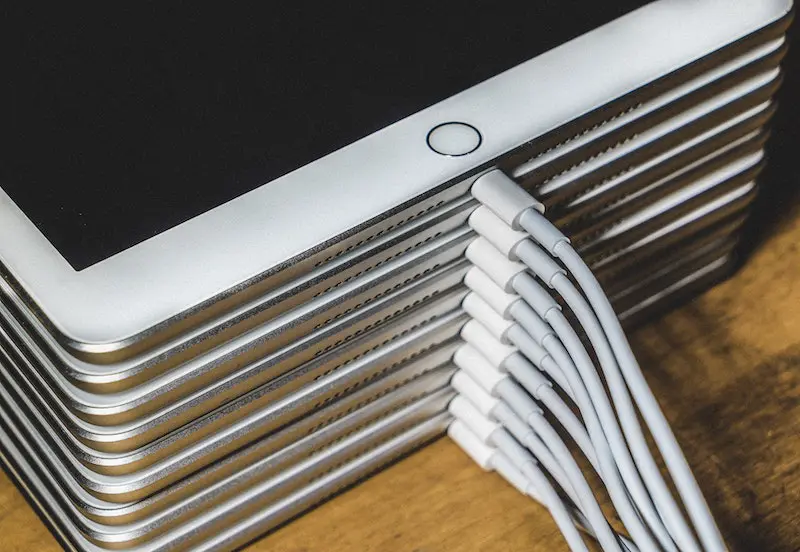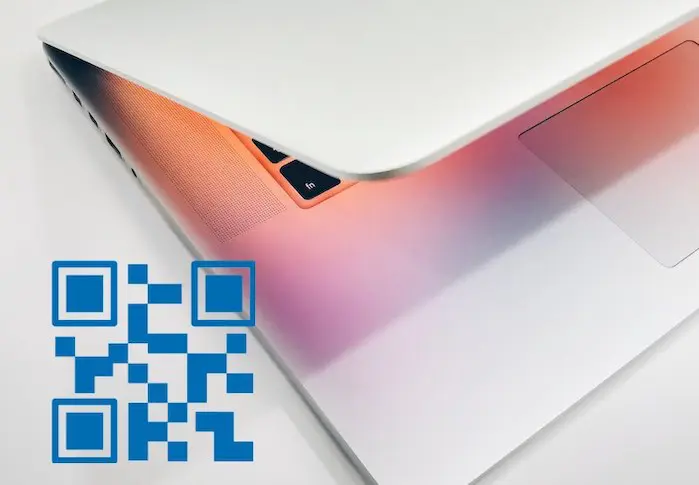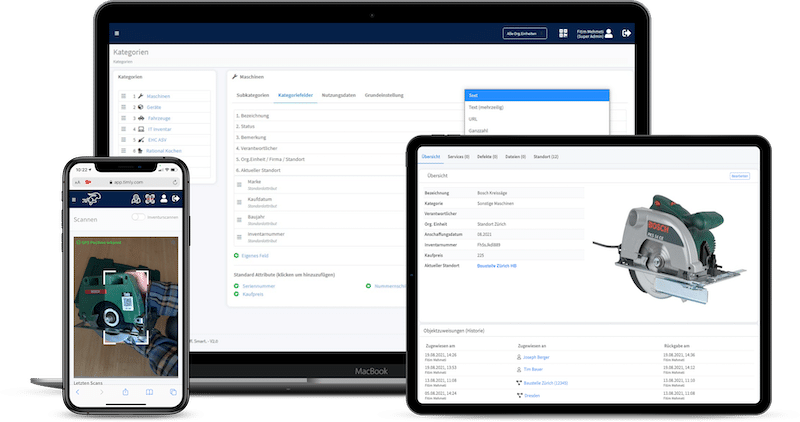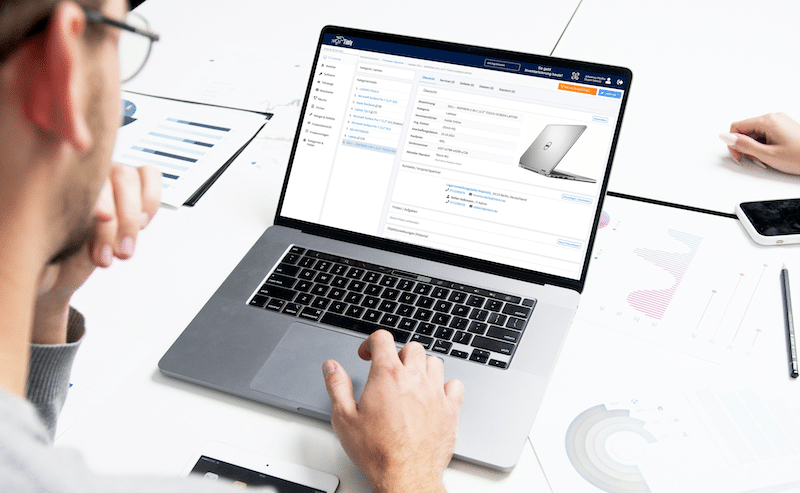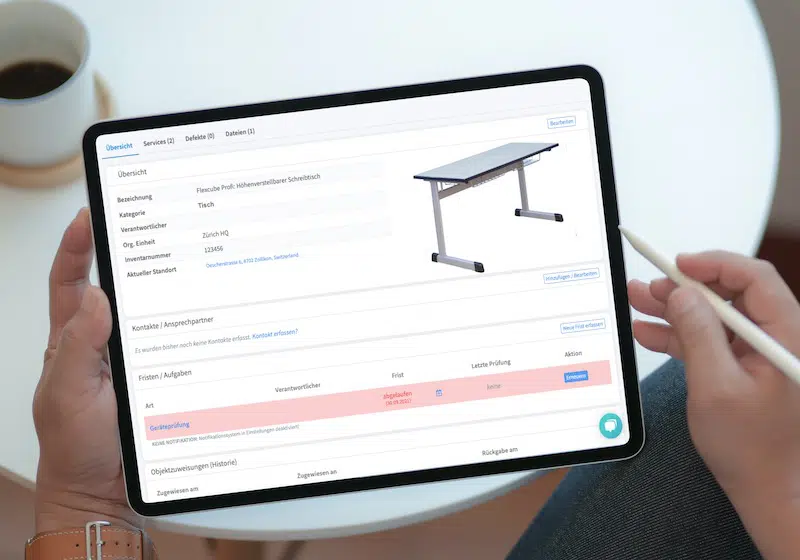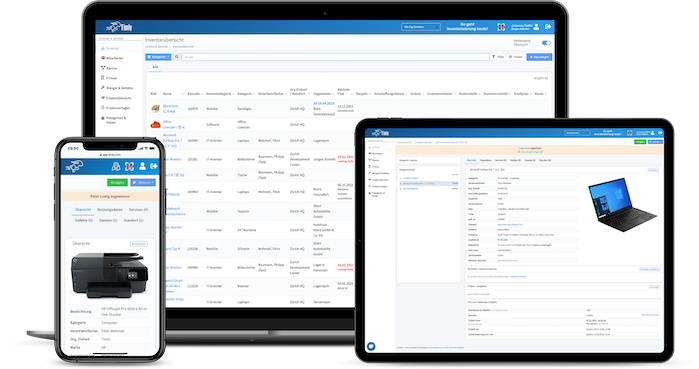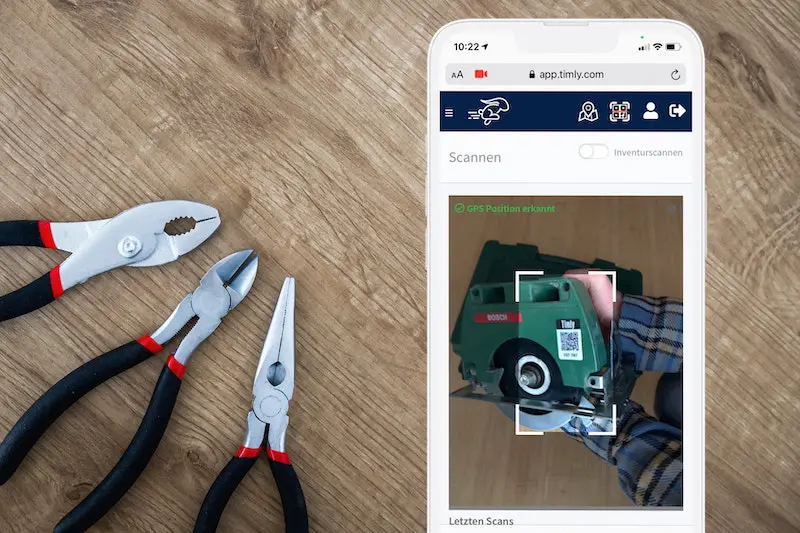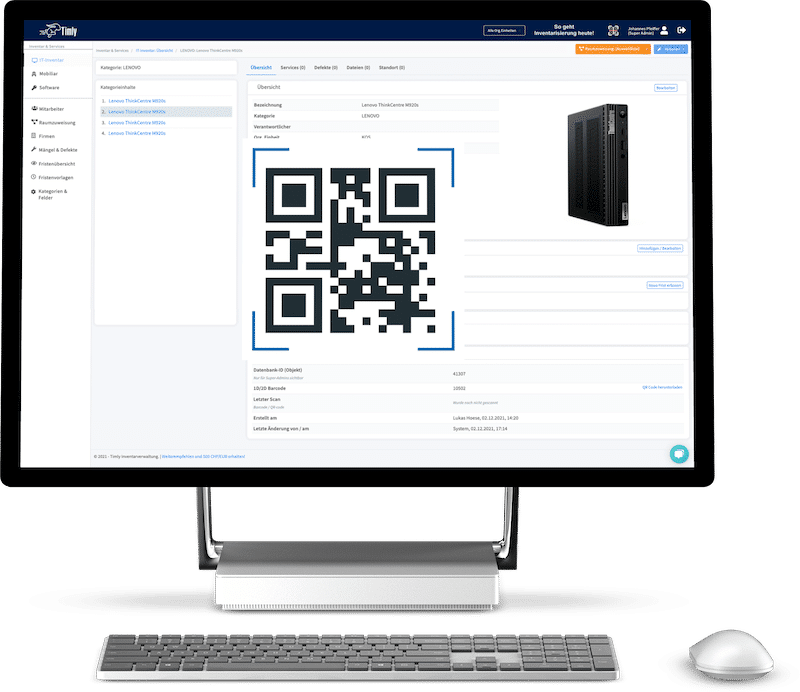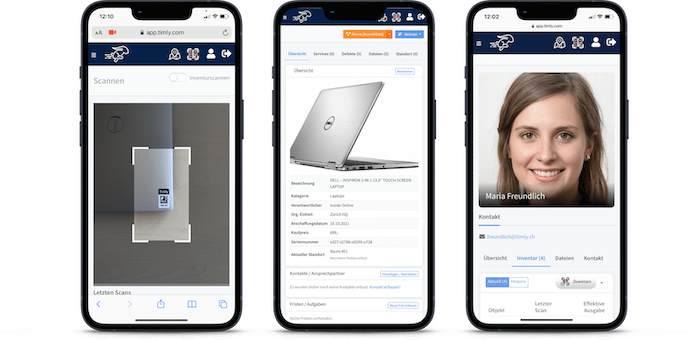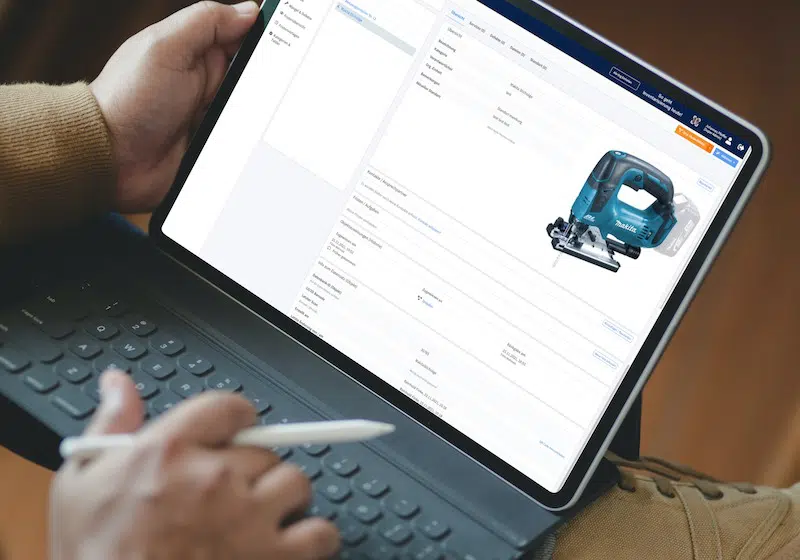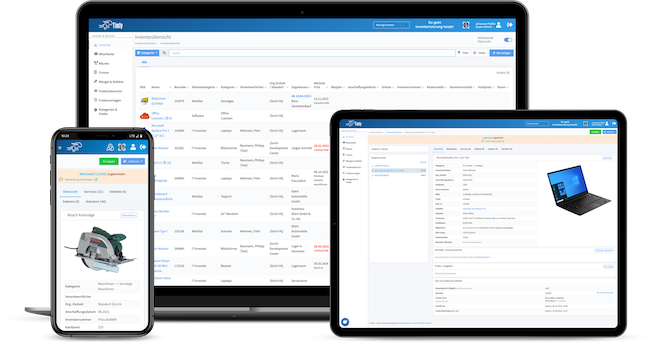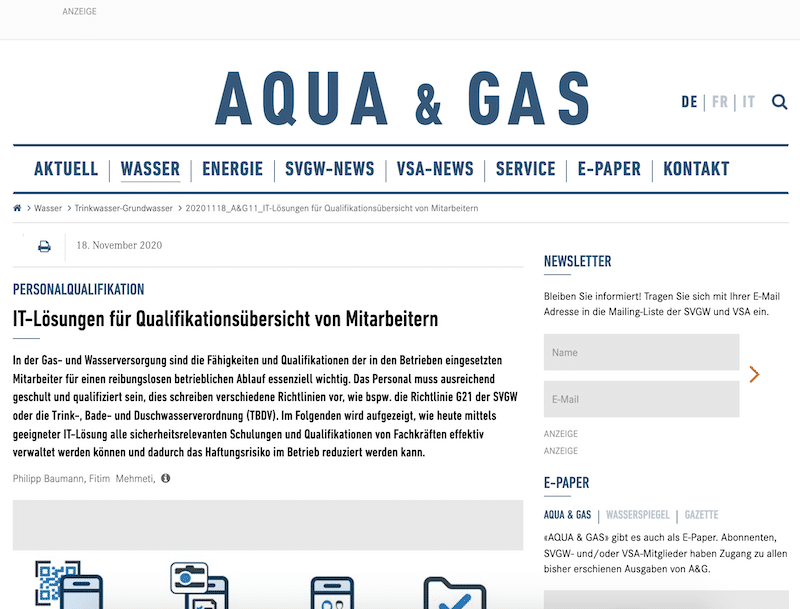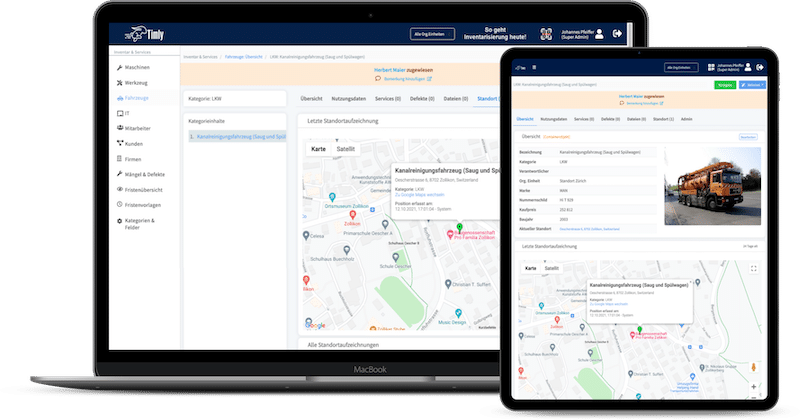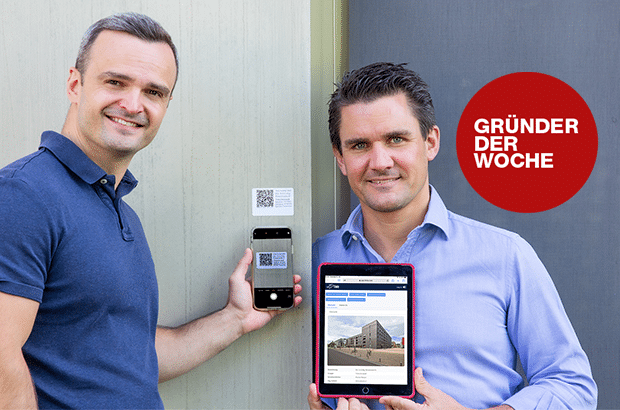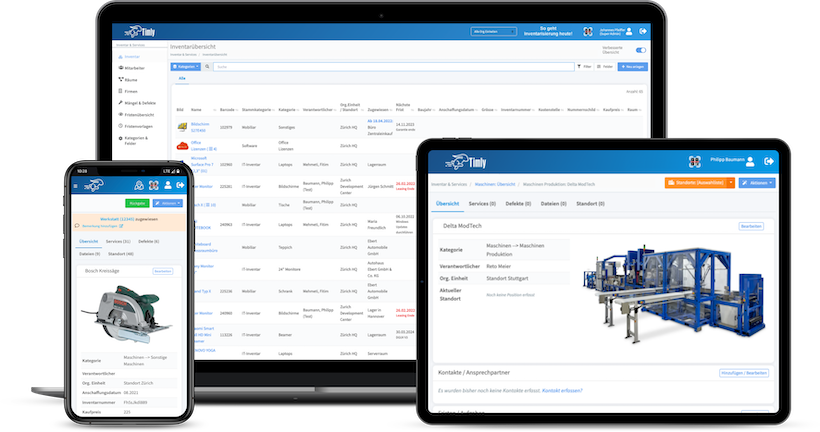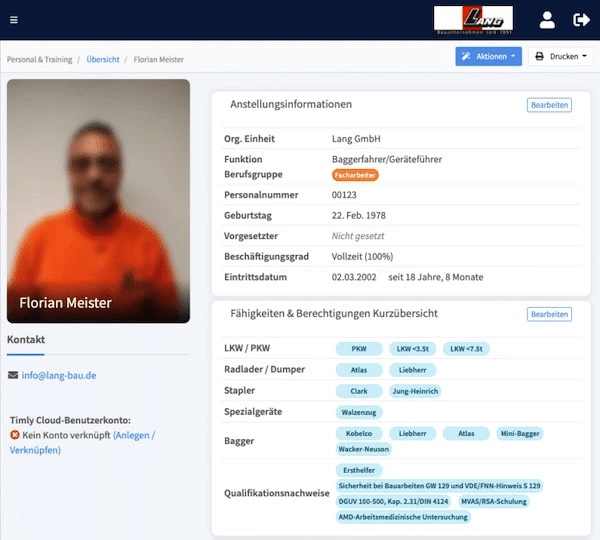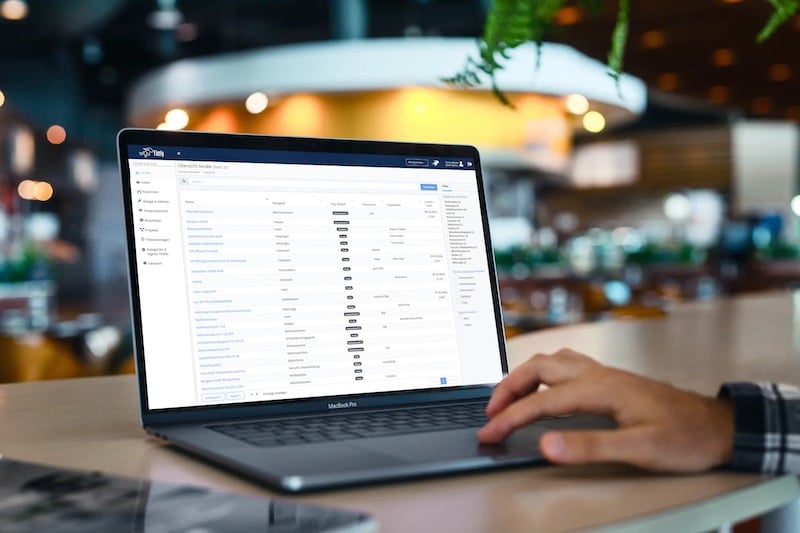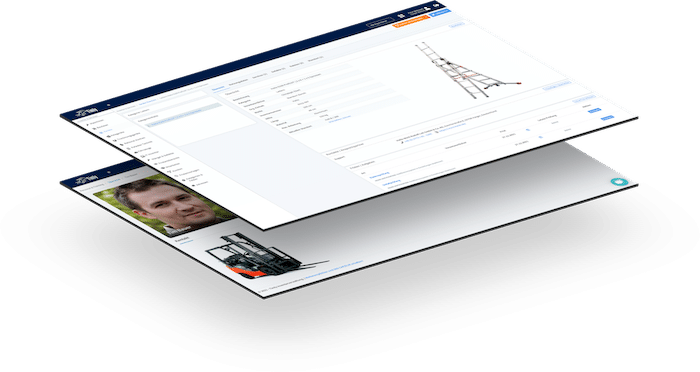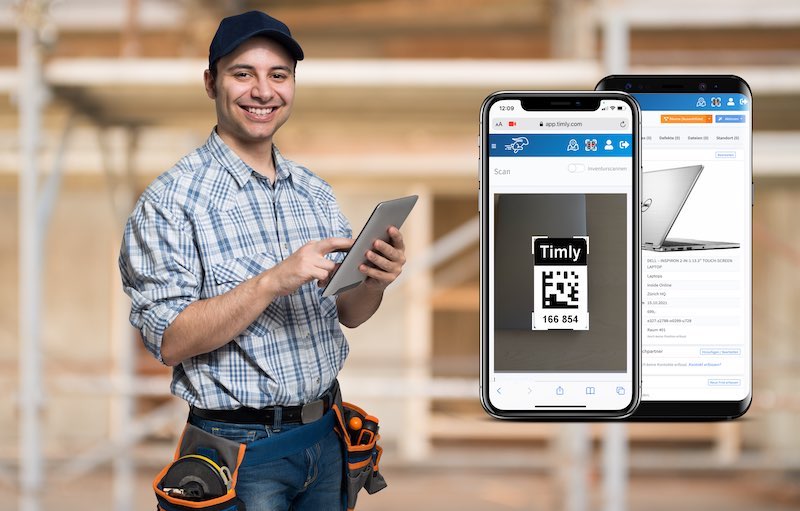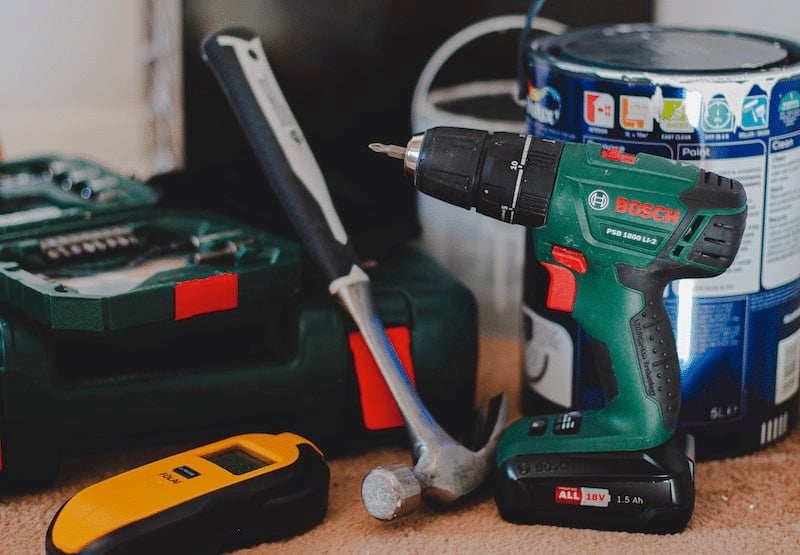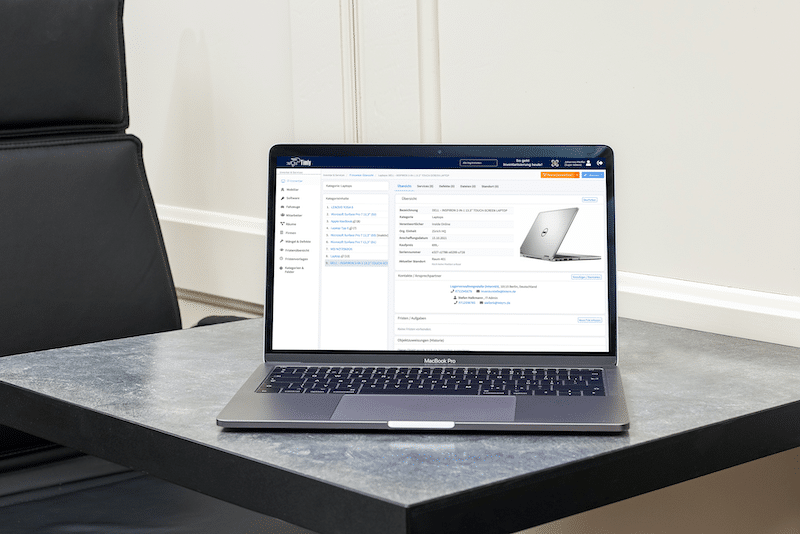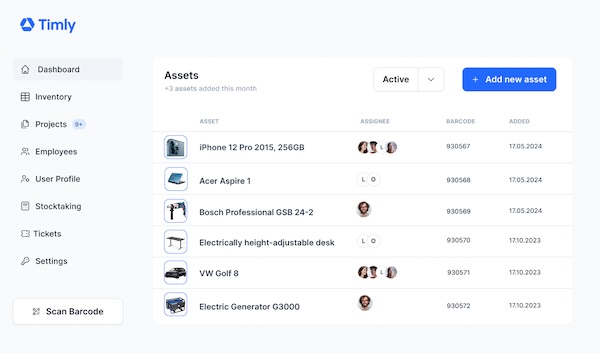
- Effective inventory management reduces costs and waste, which helps healthcare providers improve efficiency.
- An IMS plays a crucial role in healthcare operations. It tracks the entire lifecycle of medical equipment and ensures it is safe, accessible, and ready for use.
- With the help of automation and real-time monitoring, an IMS can significantly reduce inventory shrinkage.
- Implementing proactive inventory practices can also mitigate waste caused by missing or expired equipment.
- Timly software offers real-time tracking and automated maintenance reminders.
- Medical Device Inventory Management
- How Can You Effectively Track Medical Devices for Inventory Management?
- Best Practices for Medical Device Inventory Management
- How Does Medical Equipment Inventory Management Differ From Other Healthcare Inventories?
- Best Way to Manage Inventory in Healthcare
- How Can Technology Improve Medical Device Inventory Tracking?
- How Can Effective Inventory Management Reduce Costs and Waste?
- Best Practices for Risk Management in Medical Device Inventory
- Frequently Asked Questions About Medical Device Inventory Management
Medical Device Inventory Management
Medical device inventory management is critical for healthcare providers aiming to deliver seamless and efficient services. It involves systematically organizing and maintaining medical equipment to ensure it is safe, accessible, and ready for use when needed. This process minimizes disruptions, supports regulatory compliance, and enhances operational efficiency.
Proper inventory management also leads to various benefits, such as reducing waste from expired or unused equipment, optimizing resource utilization, and ensuring timely access to critical supplies. These factors directly impact patient care quality and safety by minimizing errors and enhancing patient outcomes.
On the other hand, inefficient inventory control can have financial consequences for healthcare providers. Overstocking ties up capital and increases storage costs, while stockouts result in delayed care and lost revenue. Therefore, fixing these issues is important for safeguarding both patient care and financial stability.
How Can You Effectively Track Medical Devices for Inventory Management?
To track medical devices effectively, you should use advanced tools and technologies. These include barcode scanners, RFID (Radio Frequency Identification), and automated inventory software.
These systems help improve the accuracy of tracking efforts by providing real-time updates, minimizing human errors, and ensuring seamless medical device inventory management.
Real-time tracking of the device offers significant benefits. It helps to analyze that critical medical devices are available when needed, minimizes waste by preventing overstocking and the use of expired equipment, and supports better resource utilization.
These systems also improve audit accuracy and ensure compliance with regulatory standards for healthcare providers.
On the other hand, technologies such as RFID and barcode scanning make tracking faster and more precise. They integrate seamlessly with inventory management software and provide immediate updates on stock levels and equipment locations.
Then, automated alerts further streamline operations by reducing manual effort and facilitating the replenishment process. Ultimately, these advancements drive cost-effective processes, optimize inventory utilization, and support better outcomes for both healthcare providers and patients.
Best Practices for Medical Device Inventory Management
Implementing best practices enables healthcare providers to manage medical device inventory more efficiently. Here are seven key practices that can significantly improve inventory control:
- Follow real-time inventory tracking using systems such as RFID and barcode technologies to avoid both shortages and overstocking.
- Analyze historical data for demand forecasting to maintain optimized stock levels.
- Conduct routine audits regularly to check equipment is accounted for, and discrepancies are addressed promptly.
- Organize equipment in centralized storage locations to make tools more accessible and prevent misplacement.
- Train employees in technology and control processes to reduce errors.
- Establish standardized steps for tracking and replenishments to create consistency.
- Utilize automated maintenance alerts from tools that track the health of equipment, ensuring proactive maintenance and preventing unexpected breakdowns.
By integrating software solutions that handle predictive analytics, inventory fluctuations can be seamlessly managed. For instance, Timly’s Medical Device Management software updates stock data in real time, alerts users about replenishment needs, and logs maintenance schedules for better oversight.
This combination of technology and strategic practices enhances overall effectiveness while reducing costs and errors.
How Can an IMS Help Reduce Inventory Shrinkage?
Inventory shrinkage, caused by theft or misplaced equipment, poses a significant financial challenge. An effective Inventory Management System (IMS) mitigates this risk through automation and real-time inventory monitoring. It helps in:
- Keep track of assets in real time for improved visibility.
- Reduce errors with simplified and automated processes.
- Enhance security with detailed logs to prevent theft and misplacement.
Timly’s IMS provides healthcare facilities with all the necessary tools to track assets, prevent theft, and maintain accurate inventory records. By automating key processes, it reduces human errors and ensures equipment accountability.
For instance, SOS Ärzte significantly reduced shrinkage by using Timly’s IMS. Because, digital tools replaced their cumbersome paperwork and real-time tracking, which helped them in transparent asset management and improved operational workflows. All this resulted in significant cost savings. Read the SOS Ärzte complete success story here!
How Does Medical Equipment Inventory Management Differ From Other Healthcare Inventories?
Medical equipment inventory management focuses on high-value, durable medical equipment (DME). This type of inventory requires strict compliance and maintenance, which makes it different from managing general medical supplies.
Unlike disposable supplies like gloves or syringes, durable devices such as ventilators require long-term tracking and scheduled maintenance. This adds layers of complexity to the workflow and poses many challenges, such as:
- Adherence to rigorous regulatory standards.
- Regular maintenance, repair, and calibration tracking.
- Increased risks of theft or misplacement.
To overcome these challenges, businesses should adopt RFID systems for real-time monitoring. They can also conduct regular equipment audits and centralize data for comprehensive oversight. By adhering to these practices, businesses can not only optimize DME tracking but also maximize cost savings and improve patient care.
Best Way to Manage Inventory in Healthcare
Healthcare inventory management encompasses the maintenance, tracking, and monitoring of all supplies. It keeps operations smooth. Therefore, to support patient care, effective strategies must prevent wastage or understocking of resources.
However, there are differences between medical devices and general supplies:
- Medical Devices: These devices require routine calibration, long-term tracking, and adherence to compliance standards.
- General Supplies: General supplies have shorter lifespans and therefore require frequent replenishment that is easy to manage.
To simplify these complex tasks, healthcare providers can adopt inventory tracking solutions such as Timly’s Medical Device Management system. This advanced system integrates tools for real-time location tracking, automated maintenance alerts, and centralized data platforms.
By doing so, it mitigates errors, prevents asset loss, and enhances operational efficiency in healthcare settings. Ultimately, this supports better care delivery and efficient use of resources while safeguarding the financial and operational health of healthcare providers.
How Can Technology Improve Medical Device Inventory Tracking?
Technological automated tools like RFID and Bluetooth tracking are nowadays improving traditional inventory processes. This allows for higher accuracy, enhanced efficiency, and reduced risks associated with manual operations.
Real-time automation removes the need for manual record-keeping which significantly reduces errors. Moreover, ERP systems, when integrated with these tracking tools, centralize data, streamline workflows, and ensure compliance with regulatory standards.
For example, RFID tags and Bluetooth-enabled devices provide instant updates on inventory levels which can help healthcare providers maintain optimal stock and prevent shortages.
On top of that, leveraging advanced technologies such as AI and ERP solutions further enhances accuracy and efficiency in managing medical equipment inventory.
These systems centralize data, streamline workflows, and provide actionable insights into medical equipment inventory. This integration minimizes inefficiencies and ensures compliance with regulatory standards.
In short, by leveraging technology like AI, RFID, and ERP solutions, healthcare providers can optimize medical equipment inventory management, reduce costs, and improve overall operations.
How Can AI Empower Fast Execution on Inventory Goals?
With predictive stocking features, AI-powered systems analyze demand patterns to prevent shortages and overstocking. While, automated reordering guarantees timely restocking without manual intervention, saving valuable time and resources.
A prime example is SOS Ärzte, which integrated Timly’s AI-powered inventory solution. This enabled them to improve workflow efficiency, reduce asset losses, and enhance inventory transparency. Read their complete success story here!
The Timly Software in Use

Optimized Device Management With Innovative Self-Inventory
SodaStream is the world market leader for water sparkling systems for domestic use and has a lot of IT equipment at its various locations. Many colleagues now work from their home offices. A digital solution for the efficient management of IT end devices became necessary...
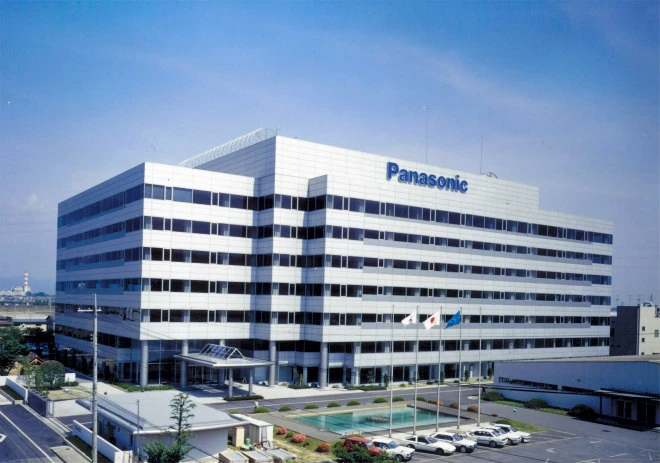
Panasonic x Timly: Driving Technological Innovation
One of the most remarkable aspects of human ingenuity is our ability to innovate. Innovation is embedded in the DNA of consumer electronics giant Panasonic, which has diversified into a number of sectors, from heavy industry to construction...
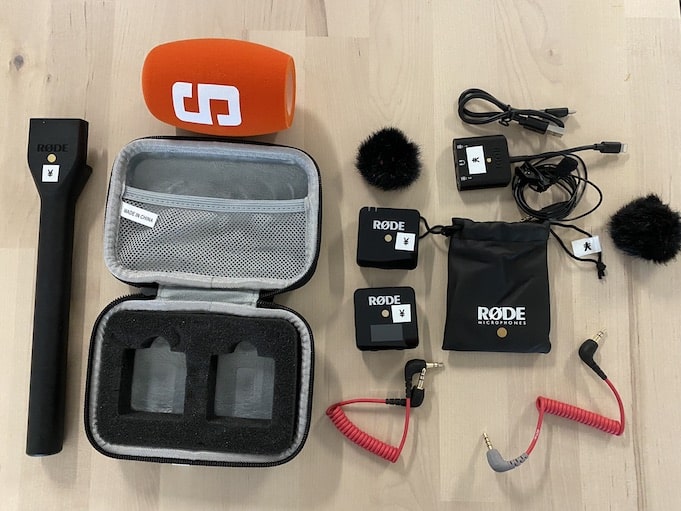
Manage Video Equipment Efficiently Without Much Effort
The Hamburg media company always does outstanding journalistic work and is characterized by independent reporting. In order to maintain journalistic quality, the teams work with highly specialized devices – these need to be managed efficiently...

Smart City Asset Management – Timly in Use at DIGOOH
The core business of DIGOOH Media GmbH in Cologne is to manage digital city light posters (DCLP) for outdoor use in various cities in Germany. The challenge here lies in making the client’s communication message always available at the right time, in the right place...
(No credit card required)
How Can Effective Inventory Management Reduce Costs and Waste?
Poor inventory management often results in inflated healthcare costs. Even studies show that supply-chain expenses contribute to up to 40% of operational budgets. However, this can be improved by implementing proactive inventory practices that can mitigate waste from missing, expired, or unbilled equipment.
The best way to achieve this is through automation. By providing real-time tracking and alerts, it eliminates missing, expired, or unbilled equipment. You can use RFID and barcode systems for accurate medical device inventory tracking.
Below are some other best practices that can help minimize excess stock and improve operational efficiency:
- Use data-driven demand forecasting.
- Implement lean inventory strategies.
- Conduct periodic audits for inefficiencies.
- Collaborate with suppliers for just-in-time delivery.
- Utilize accurate inventory management software.
These practices help cut down on unnecessary stock and streamline ordering processes to reduce waste and save costs. Additionally, better inventory management can also prevent overstocking, which can lead to spoilage or obsolescence of medical supplies and equipment.
How Can Real-Time Tracking Reduce Inventory Costs?
Real-time tracking systems optimize medical device inventory management by providing instant visibility into stock levels. These systems not only prevent overstocking and shortages but also reduce errors through accurate forecasting and automated reordering processes.
By utilizing predictive data analysis, these systems further optimize decision-making. For example, medical facilities such as Espoir Autisme Corse and Bayer have successfully implemented real-time inventory solutions, resulting in significant financial benefits.
Espoir Autisme Corse saw a decrease in inventory shrinkage and improved efficiency after implementing Timly’s real-time tracking system. Similarly, Bayer achieved enhanced operational accuracy and saved costs through precise medical device inventory tracking.
Therefore, by using predictive analytics and automation, healthcare organizations can effectively minimize waste and optimize inventory management of medical devices. This ultimately results in a more efficient healthcare system overall.
Best Practices for Risk Management in Medical Device Inventory
Managing risks in medical device inventory is essential for meeting compliance, reducing losses, and maintaining operational efficiency. However, challenges like theft, mismanagement, and regulatory requirements hinder effective inventory management.
Integrated Delivery Network (IDN) equipment management adds further complexity in tracking and maintaining devices across multiple locations.
This can result in inconsistent tracking and delays in maintenance, potentially compromising patient care. Therefore, these challenges demand more proactive solutions to protect assets and maintain service quality.
To address these challenges:
- Adopt centralized systems for inventory tracking and leverage real-time monitoring tools.
- Utilize RFID and barcode technologies to eliminate manual errors and maintain accuracy.
- Regular audits also help to pinpoint vulnerabilities.
- Comprehensive staff training enhances inventory handling practices.
By combining automation, analytics, and human oversight, healthcare providers can minimize risks, help in meeting compliance standards, and optimize medical device inventory management.
Frequently Asked Questions About Medical Device Inventory Management
What Is Medical Device Inventory Management?
Medical device inventory management consists of tracking, maintaining, and organizing medical equipment throughout its lifecycle. This process ensures that devices are safe, accessible, and compliant with regulations. It ultimately reduces costs and increases overall operational efficiency for healthcare providers.
What Is the Best Medical Inventory Software?
Timly is the best Medical Device Management software. It provides real-time tracking, automated maintenance reminders, and centralized data storage. All this makes it an effective tool for reducing costs and risks while streamlining healthcare inventory management.
Recommended for you:
Book an online demo - free and without obligation - or create your free trial account directly.






